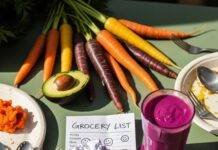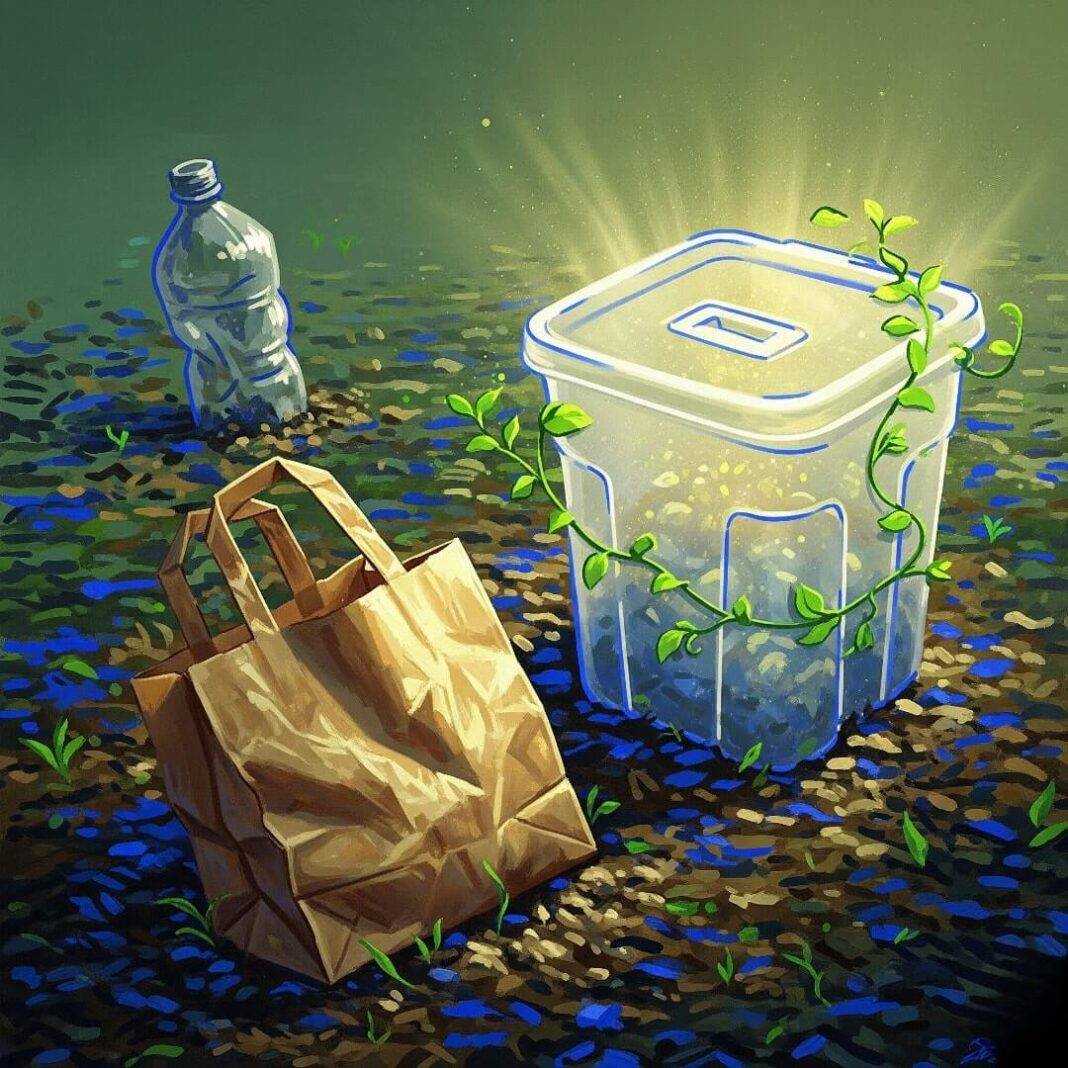The Future of Sustainable Packaging: Why It Matters for the Environment
Sustainable packaging is, like, totally my jam right now, and I’m not even gonna pretend I’ve got it all figured out. I’m writing this from my messy Denver apartment—coffee cups everywhere, a takeout container staring me down like it knows I forgot to recycle it. I’m no eco-warrior, but the whole green packaging thing? It’s got me hooked, even if I’m tripping over my own feet trying to keep up. Like, the other day, I tried composting some “biodegradable” forks, and my roommate was like, “Dude, those don’t go there.” Total fail. The future of environmentally friendly packaging matters for the environment, sure, but also for folks like me in the US, fumbling through this eco-journey. Let’s dive into why I’m obsessed, mistakes and all.
Why Sustainable Packaging’s Got Me Stressed
Real talk: I’m a hot mess when it comes to sustainable packaging. Last weekend, I grabbed tacos from this food truck—legit the best al pastor I’ve ever had—and they came in this compostable container that made me feel like I was saving the planet. Until I saw the plastic lid. Bruh, why? I’m out here in Colorado, surrounded by mountains and hipsters, but also, like, way too much plastic waste—300 million tons globally, according to EPA’s waste stats. Green packaging’s supposed to fix that, but it’s got me stressed. The crinkle of plastic bags in my kitchen, the faint musty smell of my compost pile—it’s a sensory overload, and I’m just trying to not screw it up.
- My epic fail: I tossed a “compostable” cup in the trash because my building’s got no compost bin. Felt like I punched a tree.
- What I learned: Not all eco-friendly packaging breaks down easily—some need fancy industrial composters, which, like, who’s got those?
Green Packaging: The Good Stuff and the Total Chaos
Eco-friendly packaging is a wild ride, y’all. I was at this farmers market in Boulder—full-on granola mode, reusable tote and all—when this vendor hands me a smoothie in a compostable cup. I’m thinking, “Yes, I’m basically Captain Planet!” Then I read the label: “Industrial composting only.” Uh, what? My backyard ain’t that high-tech. Companies like PackSavvy are pushing biodegradable solutions, but the system’s not there yet. It’s like we’re all trying to save the environment, but the environment’s playing hard to get.
Here’s the tea on sustainable packaging, from my chaotic trial-and-error life:
- Compostable materials are awesome but need specific vibes to break down. My compost pile’s more of a sad dirt pile.
- Recyclable packaging sounds great, but only, like, 9% of US plastic actually gets recycled (National Geographic).
- Biodegradable stuff is my fave, but it can still chill in landfills forever if you mess it up.

My Cringey Sustainable Packaging Fails
Okay, time to get real. I tried to be that dude who brings reusable containers to the store. Picture me at Trader Joe’s, juggling a glass jar of almonds, looking like a total rookie while nuts spill everywhere. The cashier’s like, “You good?” and I’m just sweating, muttering about sustainable packaging. Worst part? I forgot the jar’s lid and had to wrap it in—yep—plastic. I’m out here trying to live that eco-friendly packaging life, but I’m a walking disaster.
Then there’s this coffee shop moment that still haunts me. I asked for a paper straw, feeling all smug, only to realize the cup was plastic-lined. I’m sipping my overpriced latte, wondering if I’m even helping. Spoiler: probably not. But sites like GreenBiz keep me hopeful that brands are stepping up with better compostable materials, even if I’m still learning the ropes.

Tips for Sustainable Packaging (From a Dude Who’s Still Figuring It Out)
Look, I’m no guru, but I’ve got some tips for navigating this green packaging mess, straight from my Denver disasters:
- Read the fine print. Not all “eco-friendly” stuff is legit—check for certifications like BPI or ASTM D6400.
- Find compost spots. I found a drop-off near me through CompostNow. Total lifesaver.
- Reuse everything. Those biodegradable bags? I use ‘em as trash liners before they hit the compost.
- Call out brands. I DM’d a company on X about their plastic overuse, and they actually replied! Power to the people.

































